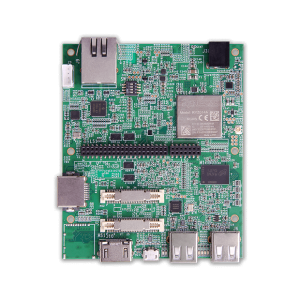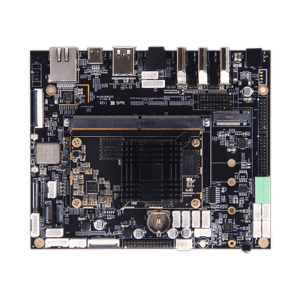Benefits of Program on Module for High-Performance Applications
Benefits of Program on Module for High-Performance Applications
Blog Article
How System on Element Accelerates Item Growth Cycles
Having a new service usually involves long timelines, elaborate patterns, and substantial source investment. For businesses trying to accelerate this technique while maintaining top quality requirements, a ARM SOM presents an progressive solution. This compact module not merely simplifies the development process but also assists accelerate product growth cycles without reducing operation or reliability.

SoM: A Creating Stop for Effective Solution Growth
A Process on Element (SoM) is just a total processing component that encapsulates all of the parts required to run a specific application. It usually is made up of processor, storage, storage, and other necessary peripherals such as connection choices and interaction interfaces. The key benefit of an SoM is their small size, which makes it an easy task to combine in to any product design.
Streamlining Item Development with SoMs
Typically, developing a new service requires developing and creating every element from scratch. This process can be time-consuming and resource-intensive, especially for complex products.
What's a Process on Module
A Program on Component, usually abbreviated as single board computer ai, is really a compact, incorporated signal that comes pre-loaded with necessary components just like a microprocessor, storage, energy administration, and occasionally even connectivity options. Consider it as a pre-built foundation for your product, enabling developers to concentrate on specific functionalities without reinventing the wheel.
Why Process on Component Advantages Solution Development
Here certainly are a few ways a Program on Component significantly boosts the item growth process.
Simplifies the Style Process
Creating a custom table from damage involves time-consuming tasks like selecting parts, designing the signal, and screening hardware. By integrating various primary functionalities, an SoM simplifies this process. Designers can give attention to planning the unique facets of their product instead of worrying about low-level hardware complexities.
A good example worthwhile considering is in IoT devices. Instead of designing every portion, designers may use an SoM to include vital IoT features rapidly, decreasing the entire time and energy to market.
Decreases Risk
Custom electronics style inherently holds risks of errors and delays. Debugging and ensuring part compatibility can pull timelines. An off-the-shelf System on Component is pre-tested for functionality and stability, lowering likelihood of problems and ensuring a stable foundation. Designers can confidently build upon this without fretting about the basics.
Decreases Costs
While upfront costs of an SoM may seem greater than some components, it ultimately preserves time and resource allocation, lowering costs in the extended run. Additionally, the accessibility to widely-used adventures guarantees scalability without requiring continuous redesigns.
Speeds Up Prototyping

Quick prototyping is needed for corporations aiming to iterate easily and match market demands. An SoM permits faster prototyping by giving a ready-to-use foundation. Teams may fast construct a prototype, test performance, and make improvements without looking forward to considerable electronics design cycles.
Helps Maintenance
System on Segments are created to present long-term help, which guarantees compatibility over time. Upgrades or changes to the element do not demand a complete upgrade, more accelerating future product iterations.
Empowering Quicker Innovation
Adopting a System on Module can revolutionize how items are developed. By lowering design difficulties, minimizing risks, and allowing scalability, companies may produce innovative alternatives more efficiently. For industries wherever time to market is just a important full for achievement, establishing an SoM in to the development method is just a game-changing strategy. Report this page